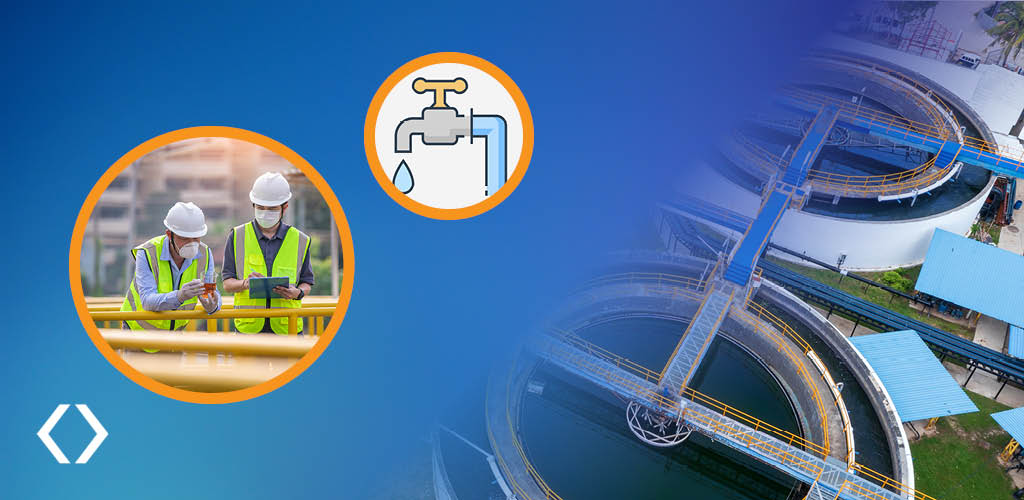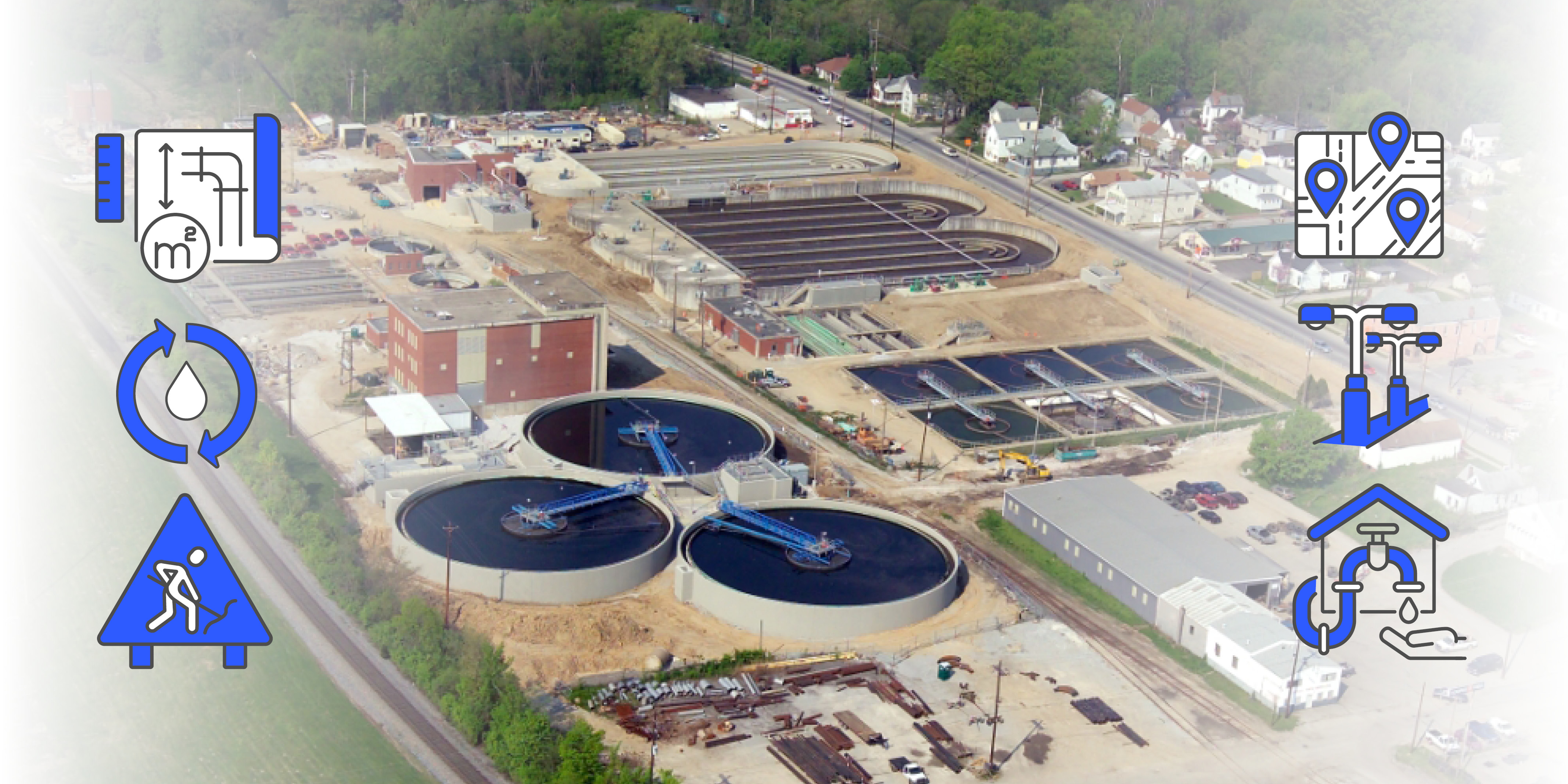According to the ASCE’s Infrastructure report card, there is a water main break every two minutes. An estimated 6 billion gallons of treated water are lost each day in the U.S.
The Illinois Section of ASCE recently released its 2022 Report Card for Illinois’ Infrastructure giving the State’s system a grade of “C -” denoting that Illinois’ infrastructure requires attention. The Federal government’s recently passed Infrastructure Bill is intended to assist states and municipalities to rebuild our crumbling infrastructure. The availability of new funding is leading many utilities to explore new strategies to maximize the effectiveness of their capital improvement spending to address critical infrastructure needs.
Prior to rehabilitating public infrastructure, we encourage communities to be thoughtful about cost-to-benefit of replacing in-kind versus spending more time defining the problem, determining real needs, and evaluating solutions. Too often municipalities and engineering partners find themselves focused on fixing a problem right in front of them while failing to recognize opportunities to implement more holistic approach to capital improvement planning, leading to system changes that would benefit the entire community.
Shoring Up the Leaks
To maintain the integrity of treated water supply, it is customary to install new pipe as water systems deteriorate. Typically, water pipe is replaced in-kind by size; but a hydraulic water model, such as one Clark Dietz completed for a small water supplier in Kane County, is a low-cost investment to identify the ideal pipe size needed to maintain water quality and achieve flow requirements. Identifying a smaller pipe that will achieve the desired level of service is a resource-saving benefit. Occasionally, water main can be eliminated entirely if looping and water service locations are adjusted. Less water main equals less maintenance.
Other Cost Saving Strategies
Storm Sewers
- For the Village of Schaumburg, Clark Dietz televised a corrugated metal storm sewer noting significant deterioration. Instead of repairing the pipe, the decision was made to remove the majority of the pipe to create an open channel. The pipe removal served as a sustainable solution in addition to saving on costly repairs.
Roadway Rehabilitation
- Studies show that 11-foot lanes are just as safe as 12-foot lanes designed over 50 years ago. Reducing lane widths has a significant effect on cost-savings during roadway rehabilitations with the additional benefit of traffic calming.
Flood Protection
- In localized flooding areas a historic approach is the installation of larger pipe for conveyance and costly detention solutions. The cost for oversized solutions should be compared with potential acquisition of property in favor of greenspace that offers sustainability and eliminates liability.
Urban Revitalization
- For the Multimodal Corridor Enhancement Project in Champaign-Urbana, Clark Dietz proposed rain gardens and bioswales; when used in conjunction with roadway improvements, proposed storm sewer sizes can often be reduced to save costs on materials while introducing environmental benefits.
Resiliency and Future-Proofing
A common theme with future-focused infrastructure improvements is the trend towards resiliency and reduced maintenance. Byproducts of this paradigm are reduced risk of failure, better utilization of taxpayer resources, and environmental stewardship. The changing demographics and lifestyles of residents show an increased desire for their municipalities to be more transparent in resource allocation, sustainable practices, and proactive planning for emerging technology solutions.
The Role of a Municipal Engineer
A municipal consultant is categorized as a civil and mechanical engineer who provides design, construction, and maintenance services for infrastructure such as roadways, structures, and water/wastewater facilities. Beyond consulting, administration, and inspection, Clark Dietz regularly:
- Pursues federal, state, and local grant funding
- Develops and manages project budgets
- Oversees master plans and critical infrastructure
- Supervises design of public works projects
- Manages staff and assists survey crews
- Maintains official maps
- Ensures compliance of municipal ordinances
We remain committed to our clients and seek trust in our ability to design flexible solutions based on your goals. We recognize that any municipal infrastructure project presents an opportunity to Engineer Quality of Life for your residents.





